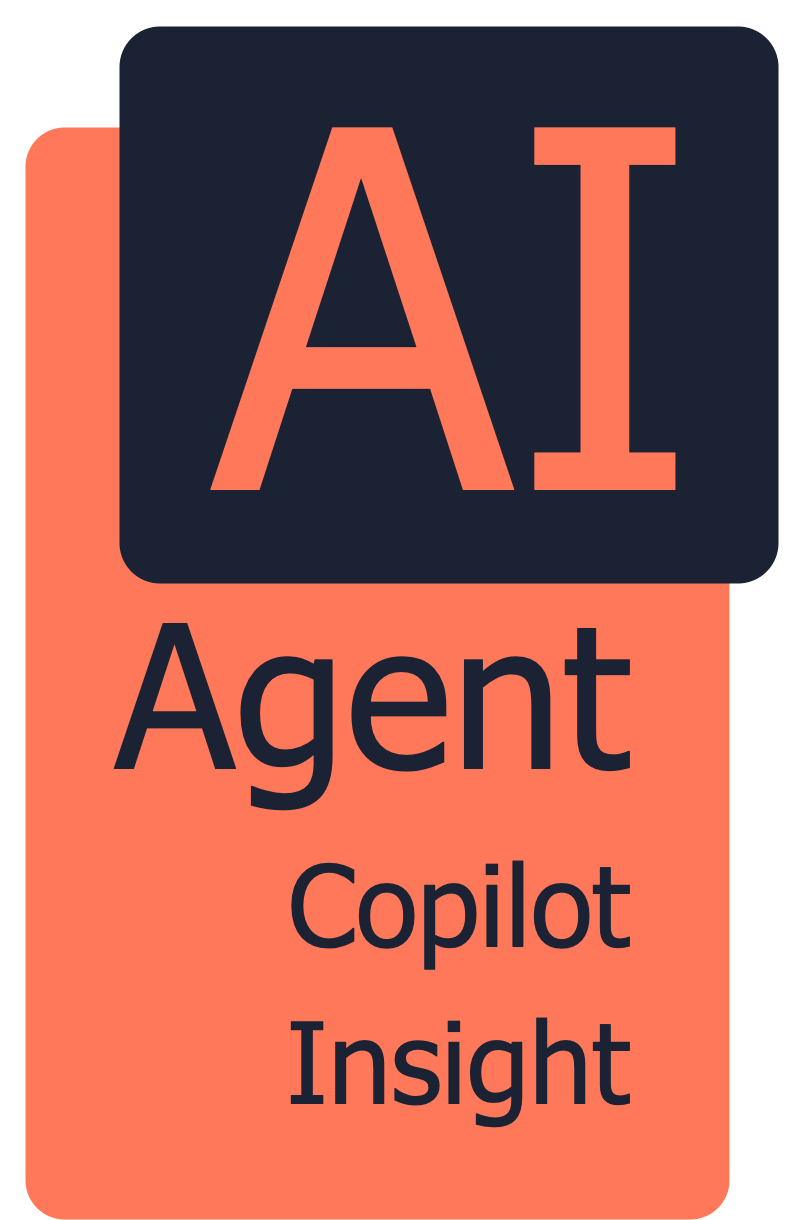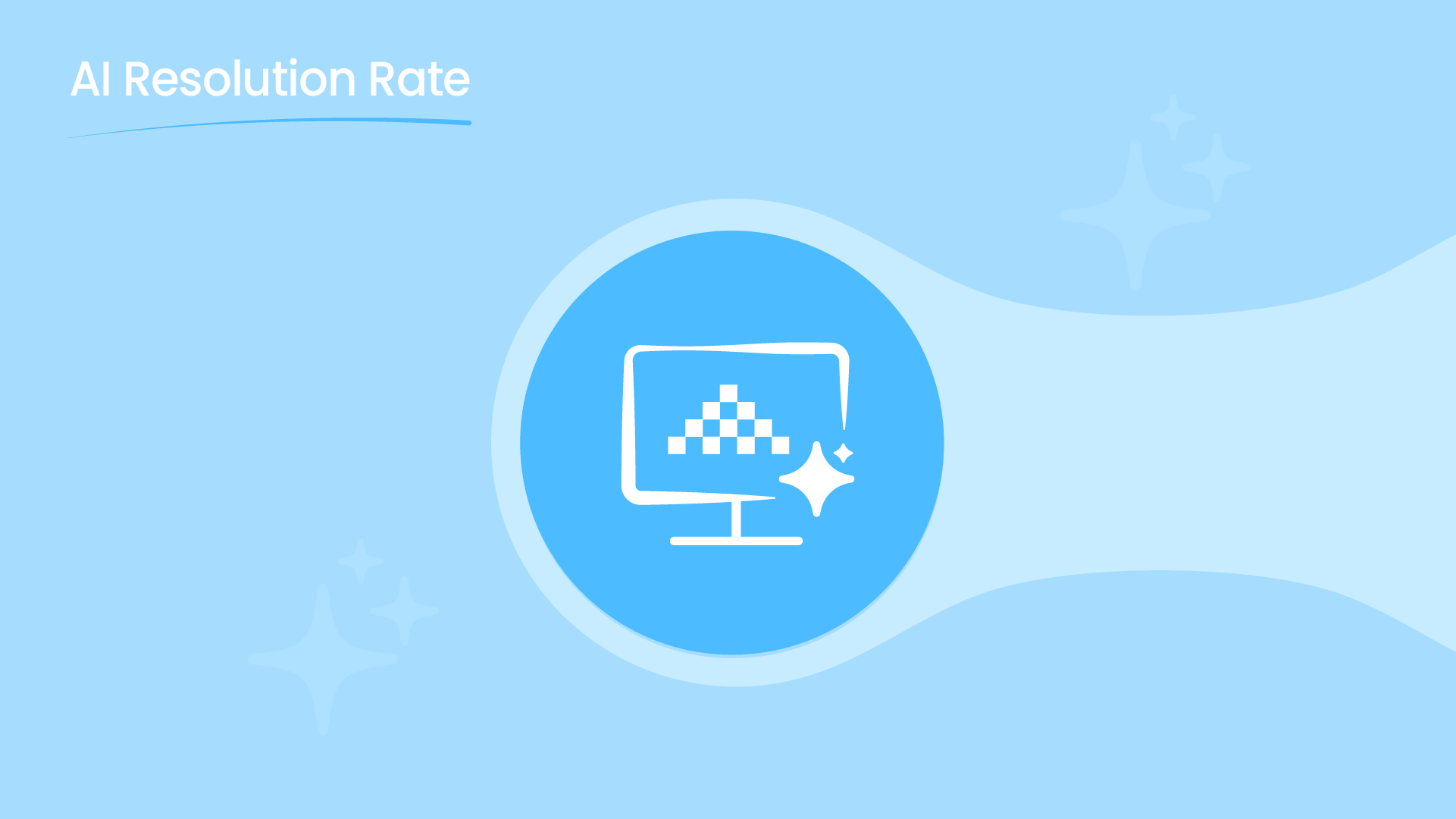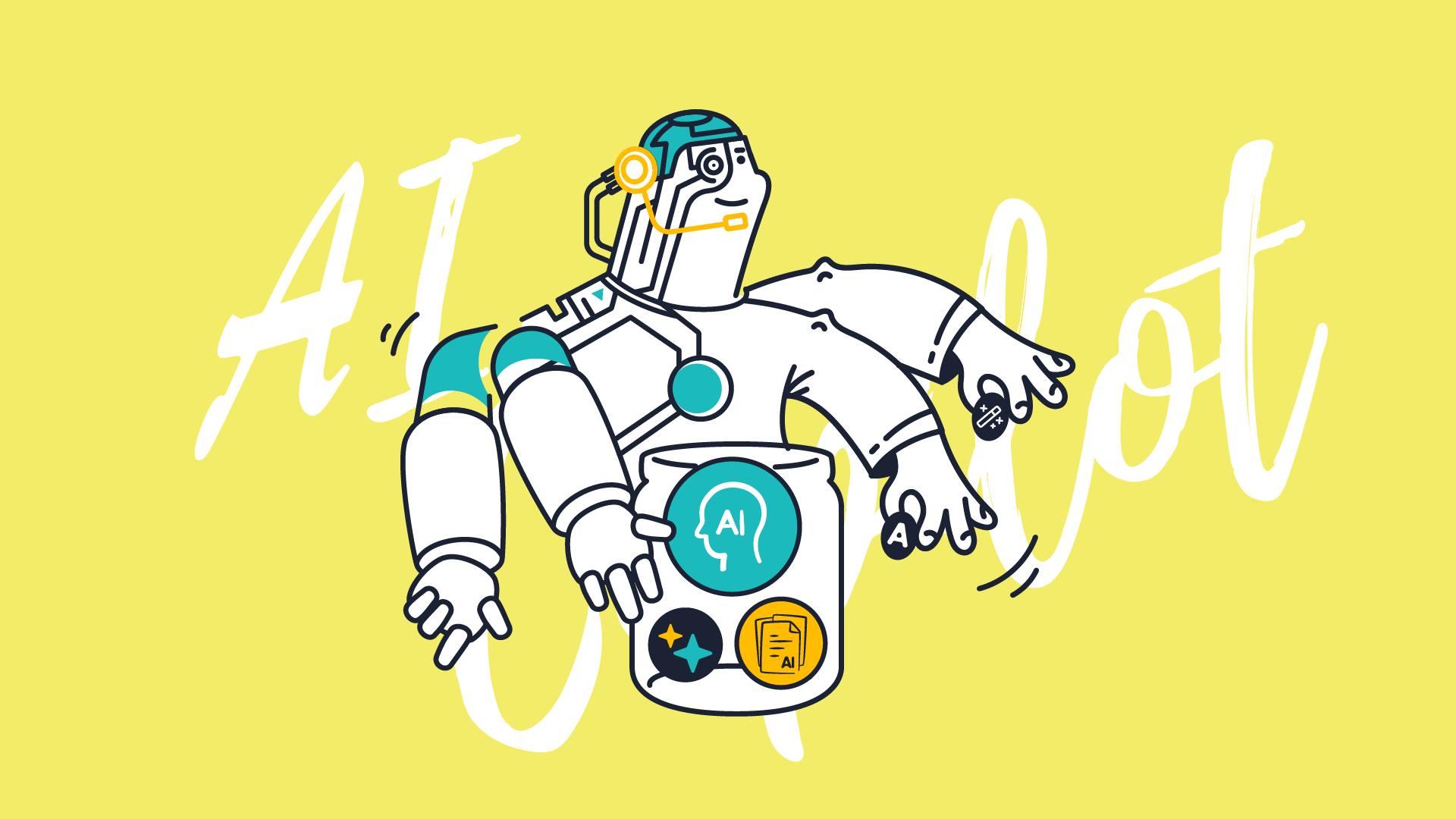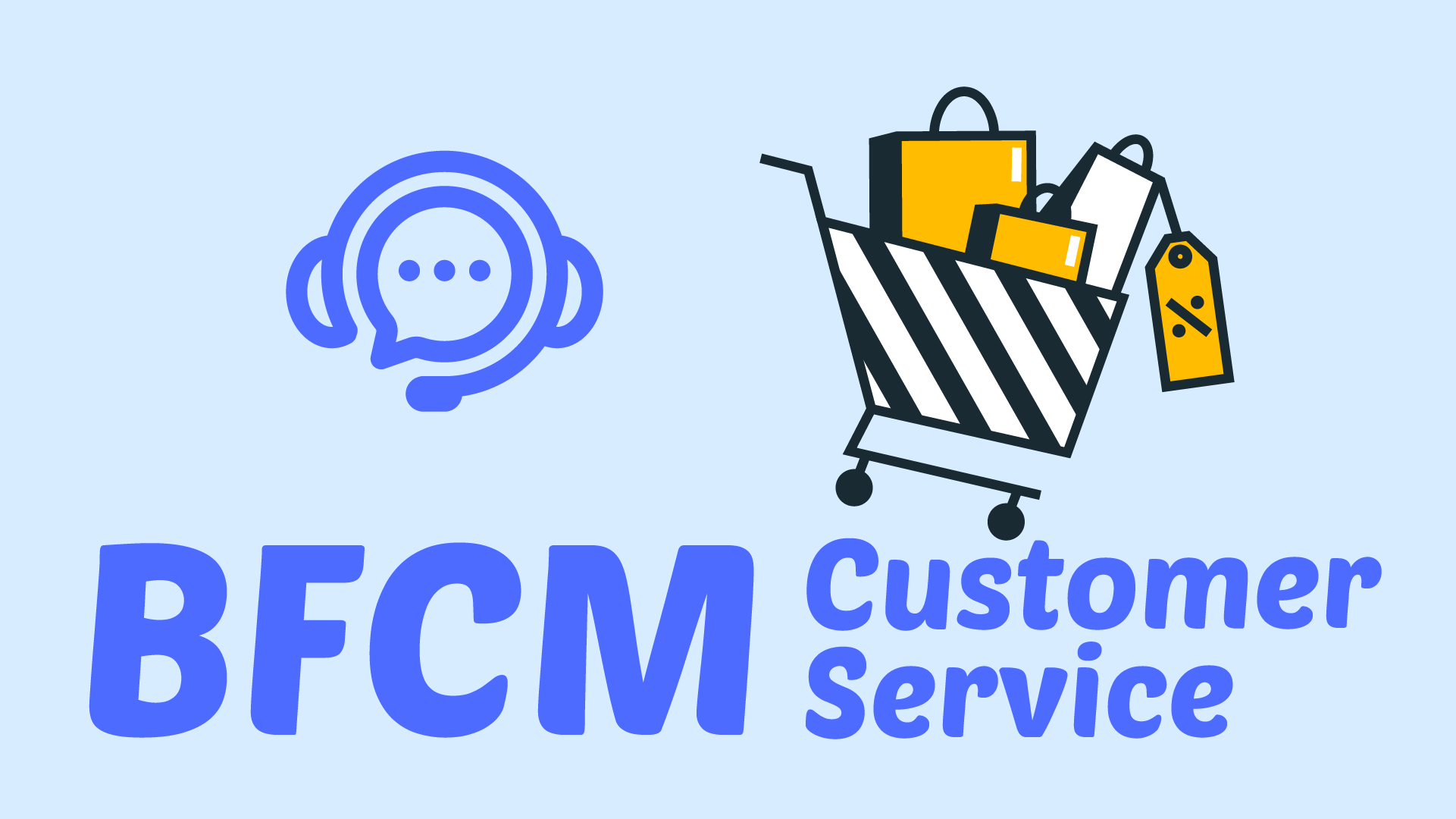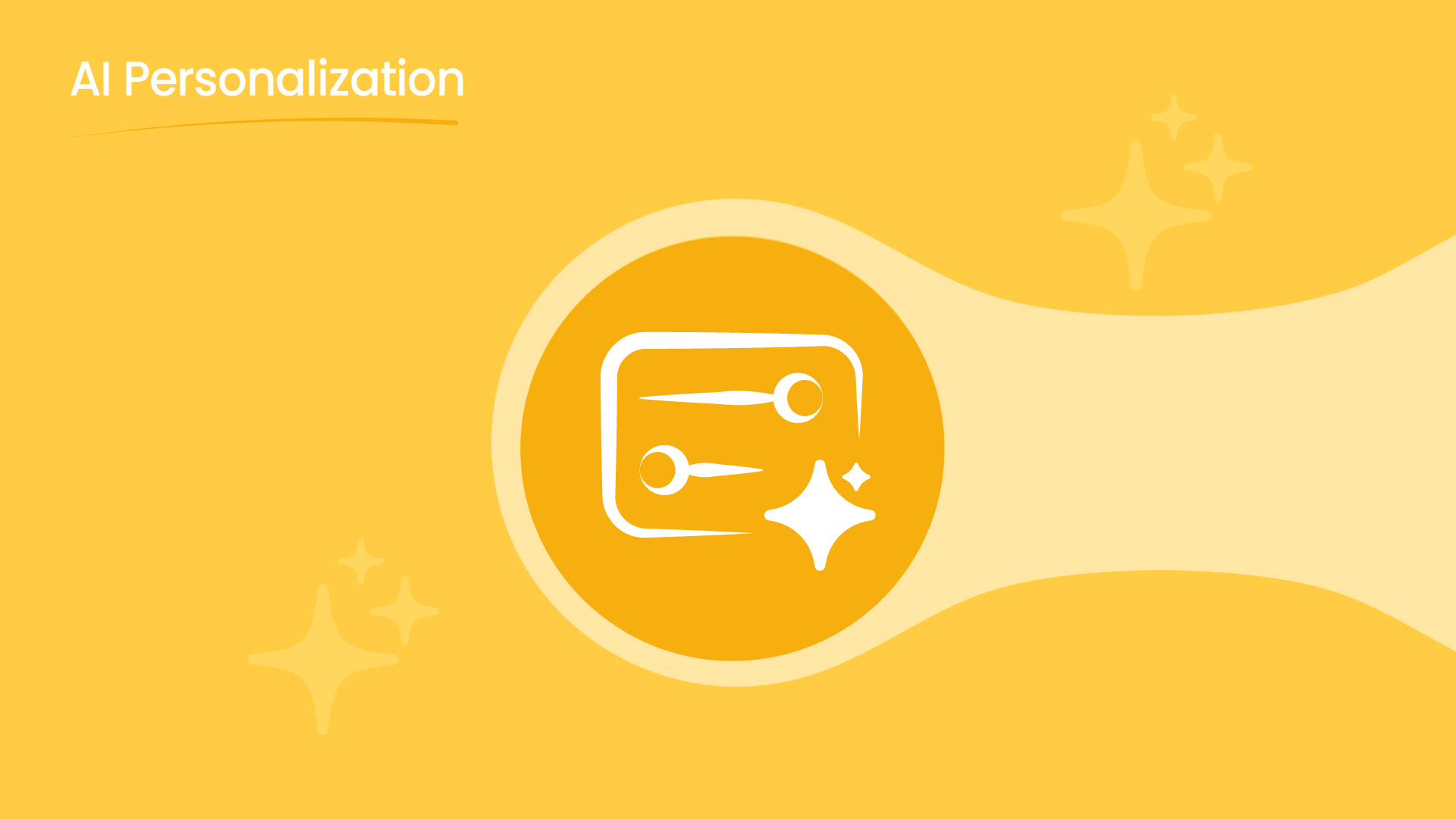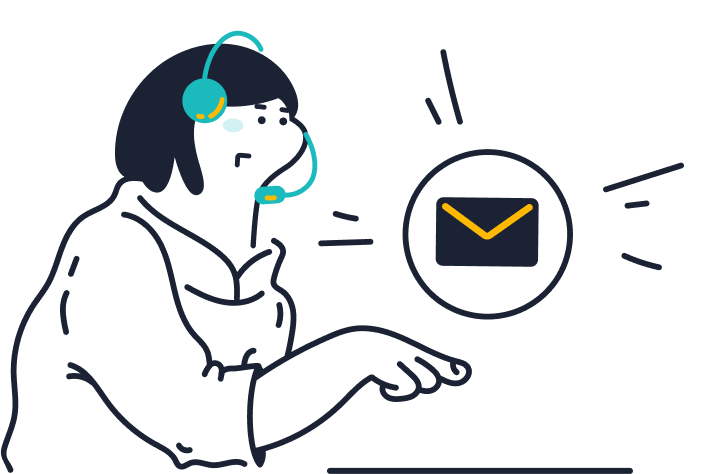Introduction
Artificial intelligence has become the backbone of modern customer service. From virtual assistants to AI-powered chatbots, enterprises are rapidly deploying intelligent systems to improve efficiency and enhance customer experience. But with so many performance metrics available, one measure stands out as the truest reflection of AI’s value in customer support: AI Resolution Rate.
Unlike surface-level indicators that only measure correctness or containment, AI Resolution Rate focuses on outcomes — whether AI can fully resolve customer queries without human involvement. For organizations pursuing an AI-First strategy, such as Sobot, this metric is central to understanding how effectively large language models (LLMs) and domain-specific AI applications deliver real-world business impact.
What is AI Resolution Rate?
AI Resolution Rate is defined as the percentage of customer issues that AI systems resolve end-to-end, without escalation to human agents. In other words, it captures AI’s true ability to solve problems, not just respond to them.
This distinction matters. An AI assistant may provide an accurate answer but still fail to resolve the customer’s need if it cannot act on backend systems or handle context over multiple turns. Resolution goes beyond providing information — it requires closing the loop on customer intent.
Differentiating from Other Metrics
To better understand its importance, it’s helpful to differentiate AI Resolution Rate from related indicators:
- AI Response Accuracy Rate: Measures whether the AI’s answer is factually correct. Accuracy alone does not guarantee resolution — a correct but incomplete answer may still require human intervention.
- First Contact Resolution (FCR): Evaluates whether a query (by AI or human) is resolved in the first interaction. Unlike AI Resolution Rate, FCR does not isolate AI’s performance.
- Containment Rate: Tracks the percentage of interactions handled entirely by AI without transfer to an agent. While similar, containment can include unresolved conversations that customers abandon, making AI Resolution Rate a more outcome-focused metric.
By focusing on final resolution, AI Resolution Rate gives enterprises a clearer picture of AI’s ability to deliver independent value.
Why AI Resolution Rate Matters
AI Resolution Rate is more than just a performance number — it is a reflection of customer experience, operational efficiency, and business strategy.
- Customer Satisfaction & Trust: Customers judge AI not on how accurately it responds, but whether it solves their problem. High resolution rates directly correlate with higher CSAT and loyalty.
- Operational Efficiency: Each query resolved by AI reduces agent workload, cuts costs, and accelerates service speed. For enterprises handling millions of queries monthly, even a 10% increase in resolution rate translates into significant savings.
- Scalability: Businesses cannot scale human teams at the same pace as digital demand. A high-resolution AI allows enterprises to expand into new markets and channels seamlessly.
- Sobot’s AI-First Strategy: At Sobot, AI Resolution Rate is a central benchmark for evaluating the success of LLM-powered applications across industries such as e-commerce, telecom, and finance. By applying large models to practical customer scenarios, Sobot ensures resolution is not only possible but optimized.
How to Measure AI Resolution Rate
The Formula
The calculation is straightforward: AI Resolution Rate = (AI Resolved Queries ÷ Total Queries Handled by AI) × 100
Example:
If AI handled 10,000 queries in a week and resolved 6,500 without human help,
AI Resolution Rate = (6,500 ÷ 10,000) × 100 = 65%.
Data Sources
Measuring this metric accurately requires data from multiple sources:
- Conversation logs that track AI interactions from start to finish.
- Escalation or transfer records that indicate when human intervention was required.
- Customer surveys and feedback, which validate whether the AI’s resolution was perceived as complete and satisfactory.
Industry Benchmarks & Standards
AI Resolution Rate varies widely across industries, influenced by query complexity, regulatory requirements, and customer expectations.
- E-commerce: Typically achieves 60–70%, as queries are often transactional (order tracking, returns, recommendations).
- Banking & Finance: Averages 40–50%, due to high compliance requirements and sensitive use cases.
- Retail: Often 50–60%, balancing product inquiries and service requests.
Comparing AI resolution capabilities of leading LLM-powered systems highlights a key insight: while general-purpose tools like GPT, DeepSeek, or Perplexity perform strongly in open-domain knowledge, enterprise-grade AI (like Sobot’s) achieves higher resolution in domain-specific, integrated scenarios where access to backend systems is critical.
Factors Influencing AI Resolution Rate
1. Quality & Coverage of Training Data
Resolution depends on how well the AI is trained on domain-specific queries, FAQs, and workflows. A chatbot trained only on generic data will struggle to resolve niche industry requests.
2. NLP & Context Understanding
LLMs have advanced AI’s ability to understand natural language, but true resolution requires handling multi-turn dialogues, clarifying ambiguous intent, and retaining context across conversations.
3. System Integration
Access to backend systems such as CRM, billing, or order management enables AI to move beyond answering to actually executing actions — like processing refunds or updating account details.
4. Continuous Learning
Resolution rates improve over time through feedback loops: monitoring unresolved cases, retraining AI, and updating workflows. Enterprises that actively fine-tune their AI see faster improvements in resolution.
Improving AI Resolution Rate with Sobot
Sobot’s AI-First strategy integrates LLMs with enterprise applications to maximize AI Resolution Rate. Key approaches include:
- LLM-powered Resolution: Leveraging large models fine-tuned with industry data ensures AI can interpret complex queries with high contextual accuracy.
- Application Scenarios:
- E-commerce: Automating returns, order tracking, and product recommendations.
- Telecom: Handling billing queries, plan upgrades, and outage notifications.
- Banking: Providing real-time balance updates, transaction lookups, and fraud alerts.
- Hybrid Human + AI Workflow: While AI resolves the majority of routine cases, complex or high-stakes queries are escalated seamlessly, ensuring quality and compliance.
- Analytics & Monitoring: Continuous tracking of resolution metrics allows enterprises to identify gaps, retrain models, and improve resolution over time.
Challenges & Limitations
While AI Resolution Rate is a powerful metric, organizations must be mindful of its boundaries:
- High-Stakes Domains: In sectors like healthcare or finance, AI must avoid overconfidence. Not all cases can or should be resolved by AI.
- Balance with Accuracy & Compliance: A high resolution rate is meaningless if resolutions are incorrect or non-compliant.
- Customer Trust: Over-promising AI capabilities risks damaging trust if customers encounter unresolved or mishandled cases.
Future of AI Resolution Rate
The future of this metric lies not in AI itself, but in how enterprises measure and interpret resolution:
- From Quantity to Quality: Moving beyond simply tracking whether AI resolved a query to evaluating the quality of resolution, including customer sentiment and satisfaction.
- Cross-Channel Measurement: As enterprises adopt voice, chat, and social media AI assistants, resolution rate will evolve into a multi-channel KPI, reflecting end-to-end experiences.
- Integration with Business KPIs: Future AI Resolution Rate benchmarks will be tied directly to outcomes like revenue impact, churn reduction, and lifetime value.
Conclusion
AI Resolution Rate is more than a number — it is the ultimate indicator of whether AI delivers real value in customer experience. By measuring not just answers but outcomes, it bridges the gap between AI’s technical performance and business impact.
For Sobot, this metric is central to its AI-First strategy, where LLMs are deployed in real-world scenarios to achieve high resolution, improve efficiency, and enhance customer satisfaction. Ultimately, the future of customer service lies in balancing resolution, accuracy, and security — and AI Resolution Rate is the compass guiding that journey.
